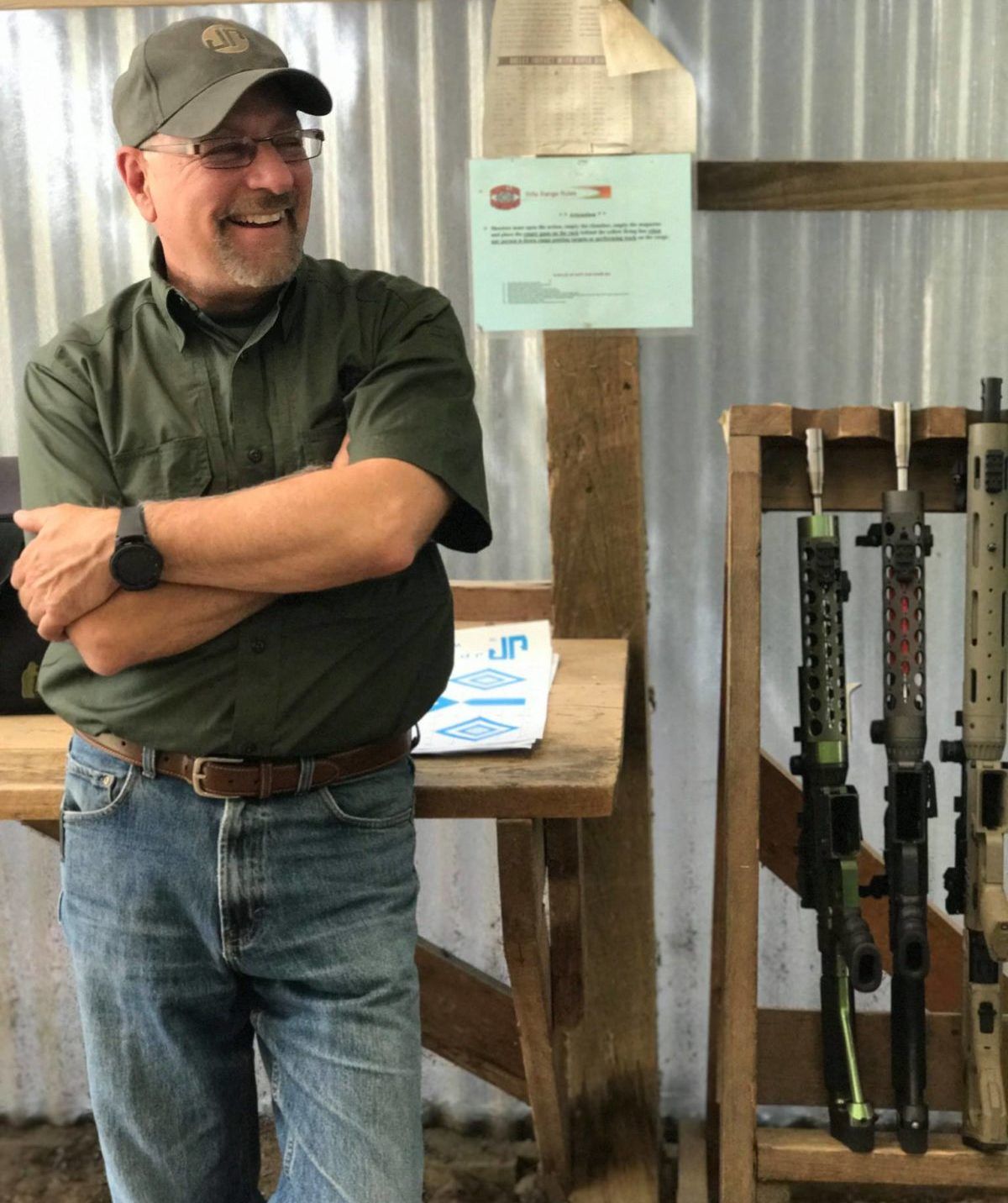
So…just what are the best AR-15 upgrades you can make? We went to one of the world’s leading authorities on the matter.
Improving the AR-15 has been a decades-long process, but behind many of the best AR-15 upgrades is one legendary figure: John Paul of JP Enterprises, Inc.
We sat down with the man himself to talk about his first encounters with the rifle, why he was inspired to improve it, and what features he feels are the best AR-15 upgrades.
Q: John, You’ve had such an incredible role in improving the AR-15. Your innovations can be seen on almost all parts of the modern AR. I can’t think of many who have had more an impact on the rifle. Before we talk about the best AR-15 upgrades, can you walk us through your history with the AR-15? Where did this, dare I say, obsession, with improving it come from?
A: It started out with my passion for competitive shooting. I’ve been shooting competitively since I was a young kid. I got into it through my father. And then, as I went through high school and college, I shot small bore all through that. That competitive experience laid the foundation that everything that came after.
I was so sick of shooting at black dots on pieces of paper that I wanted to do anything else but that, so then I got into indoor PPC. I got my first pistol coming out of college, and I belonged to the Saint Paul Rifle and Pistol Club at the time. Then not too long after that, I got into bowling pins, which preceded IPSC.
Then in 1978, I ended up in a retail gun shop situation. I had a retail gun shop in north Minneapolis. They catered to trap & skeet and also various metallic competitive shooting…and
Of course, we were doing a lot of modifications on peoples guns both for both indoor, and practical shooting competitions.
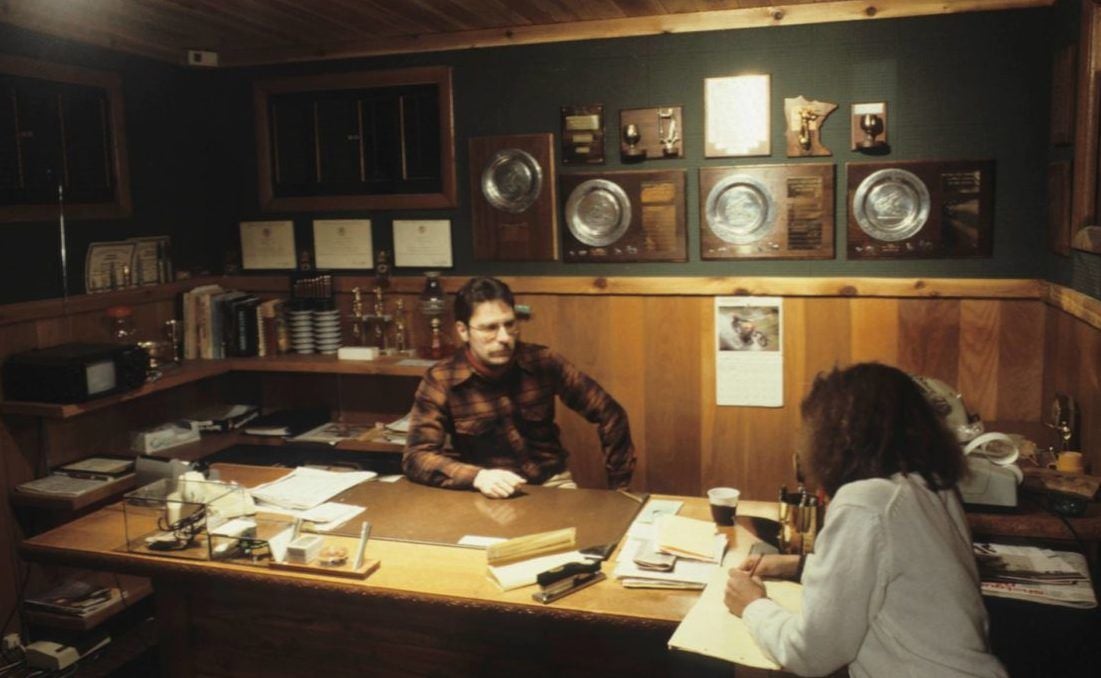
I quickly realized that practical shooters…they were really the market I wanted to deal with, in terms of they were willing to pay a fair price for a product or service that met their needs. They were not trying to save a dollar on a case of shells like your shotgun shooters….who are incredibly…(pauses) the other way (laughs).
As I got into it, I really hated AR-15s. I wouldn’t even have one on the shelf, lest it

And while I had it, I decided I might as well use the opportunity to take it out and see what it could do. With my hand loads, the thing shot about a minute and a half, configured just the way it was, which really surprised me. I didn’t expect it to shoot that well with anything.
So at that time, Olympic Arms had come out with an all-steel, one-piece free floating handguard. It weighed like five pounds. You could kill somebody with one. (laughs) And so I ordered one and threw it on that rifle. And lo and behold, it shot sub-minute with that pencil thin barrel and all. It was then I realized this rifle actually had some potential. (laughs)
Also around this time, 3-gun competition hit the scene for me. It had been going on for a long time via the Soldier of Fortune (SOF) World Championship Match in Las Vegas. I met some of my best friends from Louisiana at the time…They had been shooting at SOF for a number of years, and they convinced me I HAD to do that match.
When I finally showed up to shoot that SOF match, I realized very quickly that it was the “real thing”. I saw what equipment had to be to perform in that environment. I saw the pragmatic approach. The event was, first and foremost, a training event for law enforcement. Of course, half the match was civilian shooters. But it was a different format altogether.
The stages were all surprise or semi-surprise. You couldn’t walk the stages. All your gear had to be pragmatic…stuff you would use in a real-world situation. Everything had to be able to be retained under strenuous physical activity, and everything had to work. And that was the first thing that really struck me hard…the whole reliability issue.
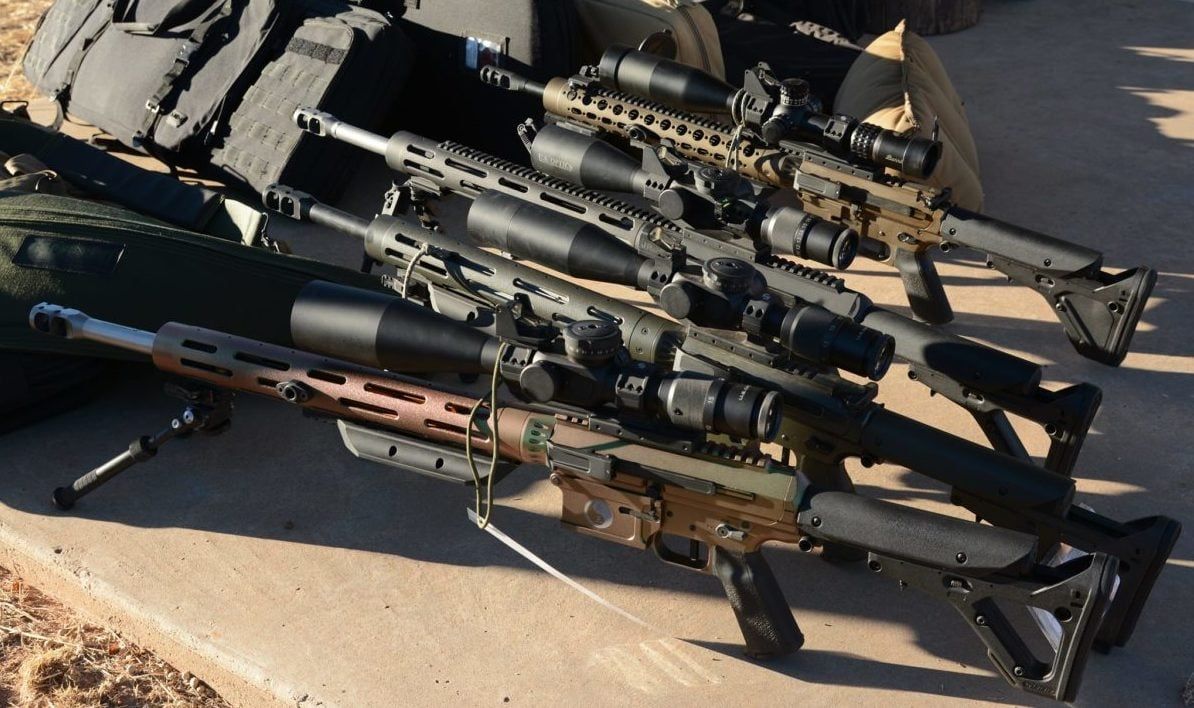
And that is what led me down the path of improving these guns one thing at a time. First and foremost, the rifles had to be reliable, but secondly, they had to be sub-minute accurate with good ammunition.
I felt I was, at the time, shooting at a professional level, and the gun needed to be able to perform for a top-level professional and not be the one thing that was hindering or limiting their performance. Equipment can never be the limiting factor. Its gotta be “you” that is the limiting factor.
So we started building rifles. We had already started selling components, which were solving various problems. So in this way, we were no different from the home builders of today.
Q: As far as the best place to start, what was the first thing you improved on? And what do you think are the best AR-15 upgrades to make the most impact for builders?
Best AR-15 Upgrades #1: The Trigger
A: So what was the first thing I was going to address? Well, it was the trigger. The trigger on a stock AR is absolutely horrible. You have about a mile of gravel, and they stop about two or three or four times. At the time, there was really only one other trigger out there. That was the Millazo-Krieger type two-stage trigger which was popular with the NRA high-power crowd.
The Need for a Single-Stage Solution
Those guys had been brought up on rifles like the M1 Garand, so when they finally started to think about the AR as a viable alternative, well…they wanted the same trigger feel. However, in the practical shooting market, I didn’t feel like that was the kind of trigger I wanted.
I wanted a trigger that felt more like a bolt gun trigger that had no take up. I wanted very minimal over-travel so you could manipulate the trigger to fire multiple shots in the shortest amount of time with the highest degree of precision. So, we went down the path of making the first single-stage trigger.
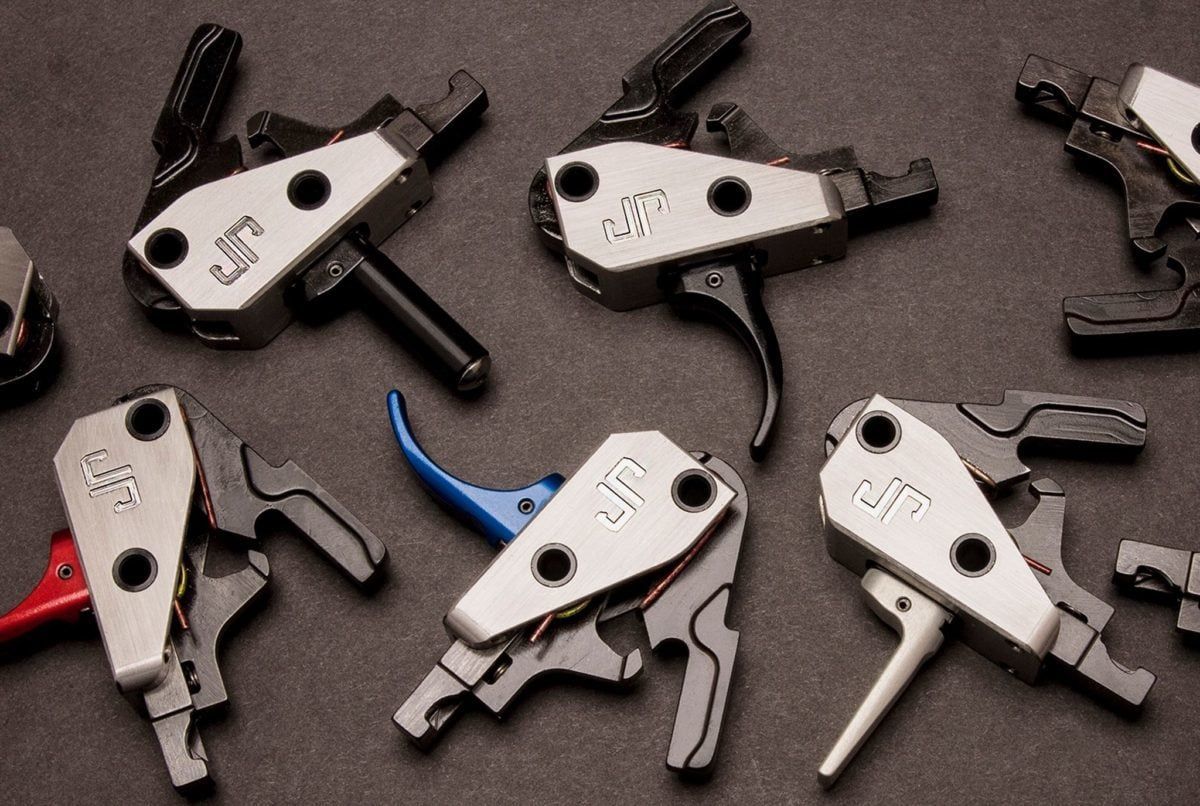
Single vs . Two Stage Trigger Basics
For people who don’t understand the difference, of course, the two-stage triggers have the first stage of take-up which maybe weighs about a pound. Then the second stage of the trigger, where you are on the sear, maybe you have another two, three or four pounds. So, the two-stage trigger gives you the illusion of being lighter than it is because you have already compressed out the first stage, whatever that happens to be.
On a single-stage trigger, when you rest your finger on the trigger, you are on the sear engagement point and the trigger will release, so there is no take-up.
Importance of the Reset on a Single-Stage Trigger
So, we had the first successful single-stage trigger, and it really did break like the proverbial glass rod. The thing I really liked about it was the incredibly short reset. The novice might not quite pick on that, but I would squad up with people like Jerry Miculek and Bruce Piatt, and guys on that level. Those guys were all shooting my stuff. Bruce came up to me and said, “Yeah, its ALL about the reset. “I looked at him and said, “Yes you get it!” (laughs)
It’s the short reset that makes the performance of that fire control mechanism what it was. It really made the AR come alive in the world of competition.
Q: So, you had solved the trigger problem on your AR…where did you go next on your list of best AR-15 upgrades?
Best AR-15 Upgrades #2: Accuracy Upgrades
A: After you solve the trigger then you have you go on to the accuracy issues.
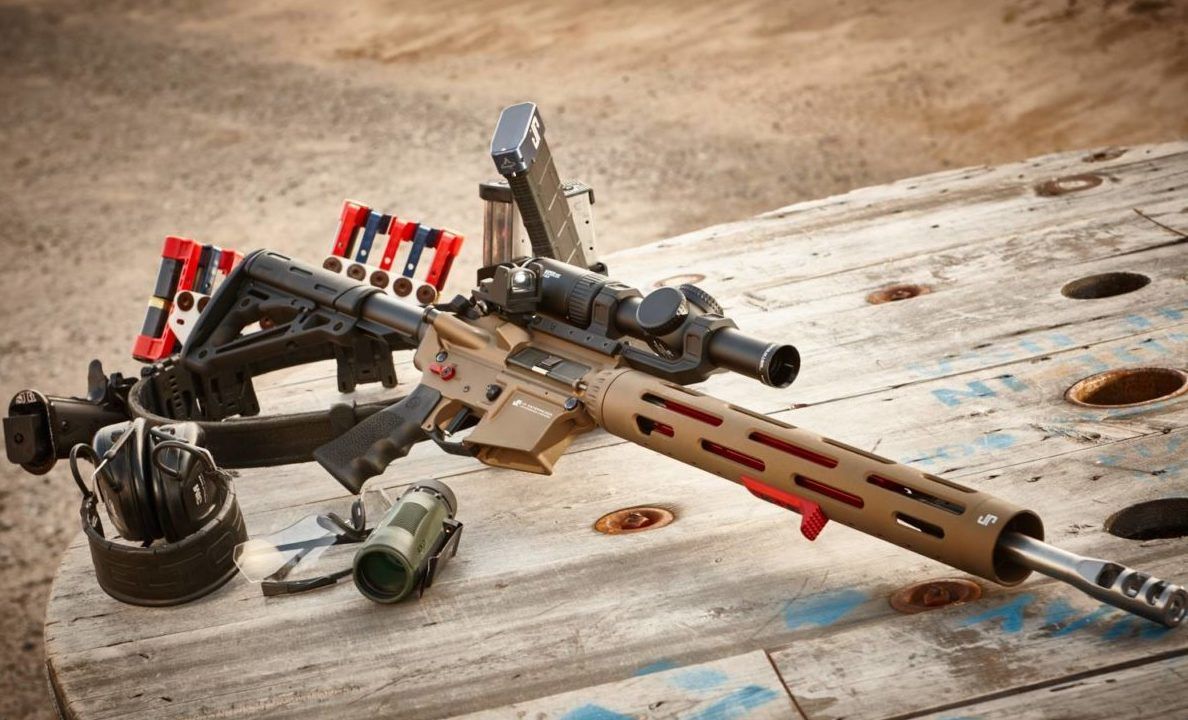
First, you get rid of the stock handguard system and go to some sort of free-floating system. That’s the next biggest bang for the buck, so to speak. You free float that barrel.
It is NOT necessary to change the barrel, as a lot of existing barrels will shoot a minute, maybe even better, without going much further than just free floating that barrel. That, and making sure your barrel is properly mounted into the upper receiver.
Impulse Control
From there, the next issue I decided I had to improve on was the impulse feel, or recoil management issue of the rifle. A lot of people say “Ah, a .223 AR-15 doesn’t have any recoil.” Yeah, well compared to what? Compared to a .300 Mag? Yeah…but when you are trying to place multiple shots in a split second? Now, all of a sudden, anything you can do to mitigate recoil or minimize your sight recovery becomes that added fraction of a second that all adds up at the end of a stage. It is what determines if you performed well or you didn’t. So the first product I came out with was the Recoil Eliminator.
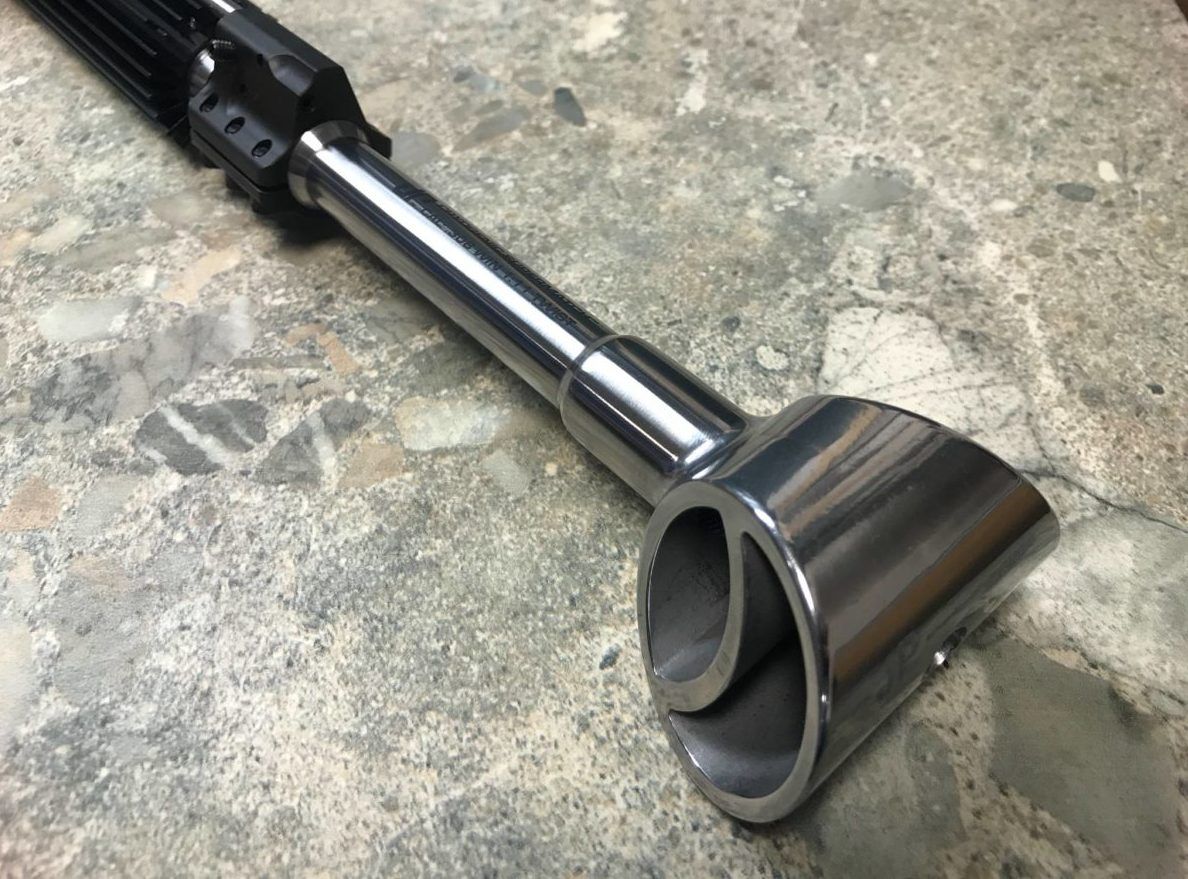
It really was geared towards the bolt gun market at the time. I was at the range one day and saw this guy with a .300 Win Mag 700 and he had this crazy thing suspended off the end of the muzzle. It was like a steel plate, maybe 3 inches by 5 inches…about the size of a notecard, it was that big…suspended off the muzzle by wires he had welded (laughs) onto the muzzle. It was the craziest looking thing! Obviously, it wouldn’t fit into any gun case, but it was obvious that this thing really worked.
Recoil as an Accounting Problem
I came to the realization it was all about the surface area. It became an accounting problem. Your bullet leaving the barrel has so much kinetic energy (KE) which is transferred into the rifle, but what we forget about is that the expanding gas exiting the muzzle has almost as much energy as the bullet itself.
So, if you can extract all that KE from that gas exiting the muzzle at a higher velocity, actually, more like 5,000 feet per second out of the muzzle…if you can extract that KE and subtract it from the overall recoil equation, then guess what? You end up with a really mild rifle to shoot.
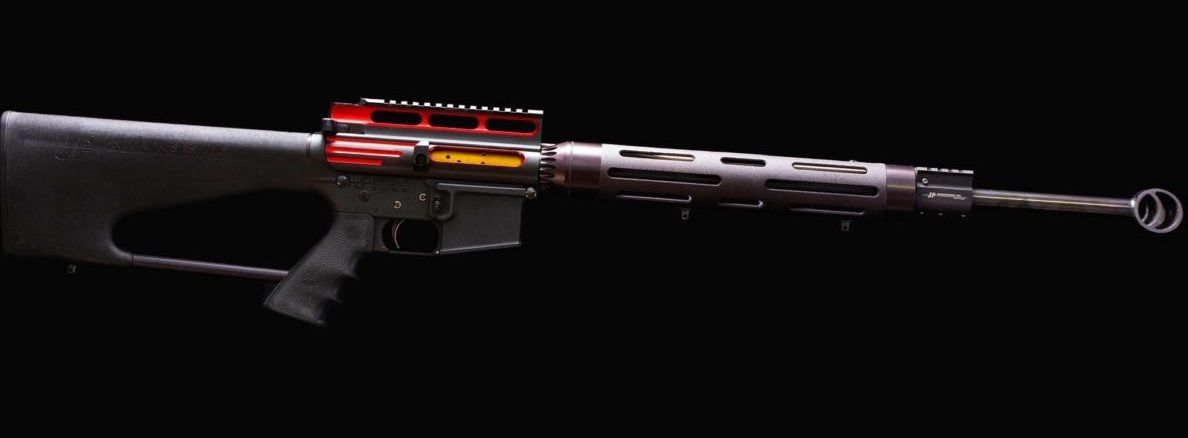
The .243, for instance, became almost recoilless. And .300 Win Mag, you could shoot all day long like a varmint rifle with no recoil fatigue. And that’s how we came out with the Recoil Eliminator, which looks like a tubular type thing…it looks like the muzzle brake on a tank or artillery piece.
Adjustable Gas Block
So the Recoil Eliminator was the biggest single gain, but after we did that, I noticed certain rifles had a more obnoxious feel, even with the break on. Then I realized there were all of these things that could be done in the operating system itself.
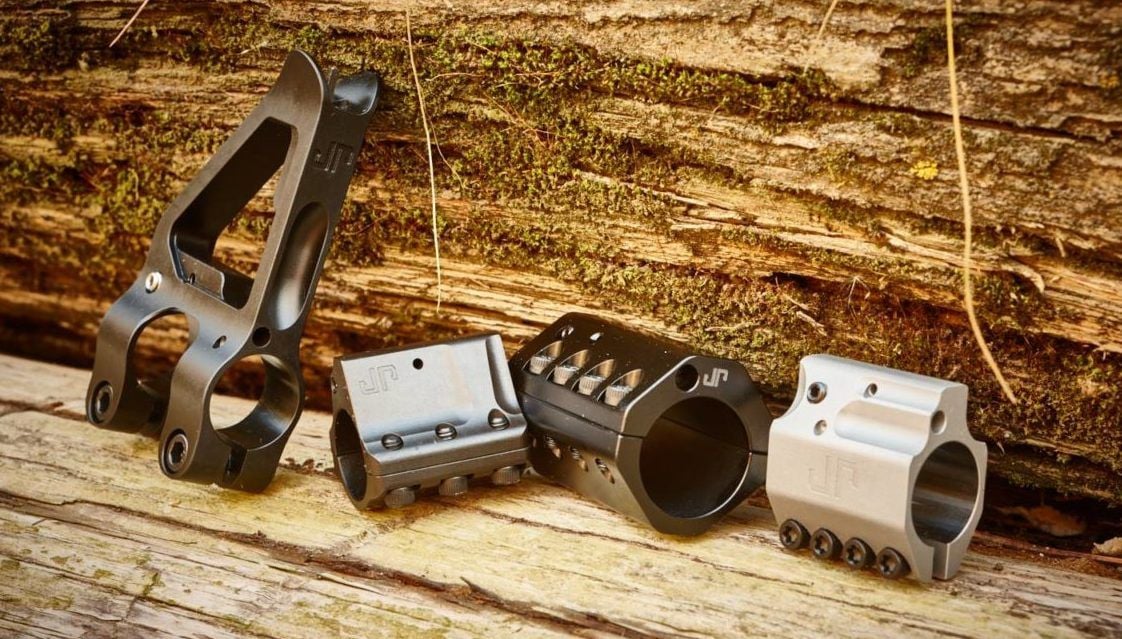
What I started to feel was the reciprocation of the operating system due to the
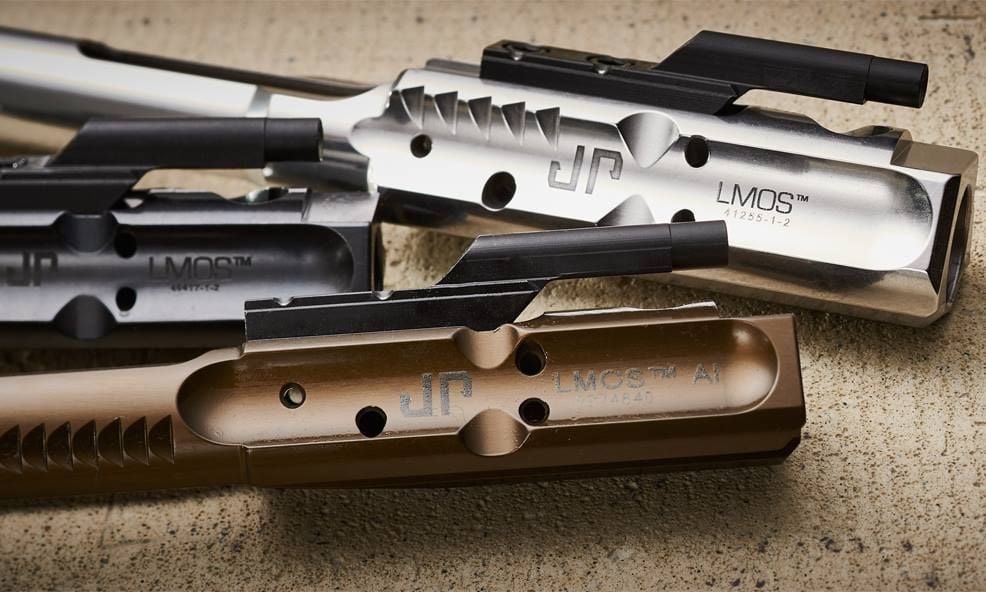
So we tuned it, and it was another night and day difference…being able to perfect the bolt velocity in the rifle. Then, we started playing around with the mass of all those components. We refined them and it brings us to where we are today to where once you shoot these things. Its like you’ve drunk the Kool-Aid and you can’t possibly go back to a stock AR.
Improving the Recoil Spring
Q: You’re also quite famous for your Silent Captured Spring. How did this come about?
A: One of my pet peeves about these rifles was the way they all came out of the box, when you cycle them, the sound of the spring grating against the extension tube. I found that to be totally unacceptable. I wanted my rifles to be as silent as possible and have the feeling they were running on roller bearings. (laughs).
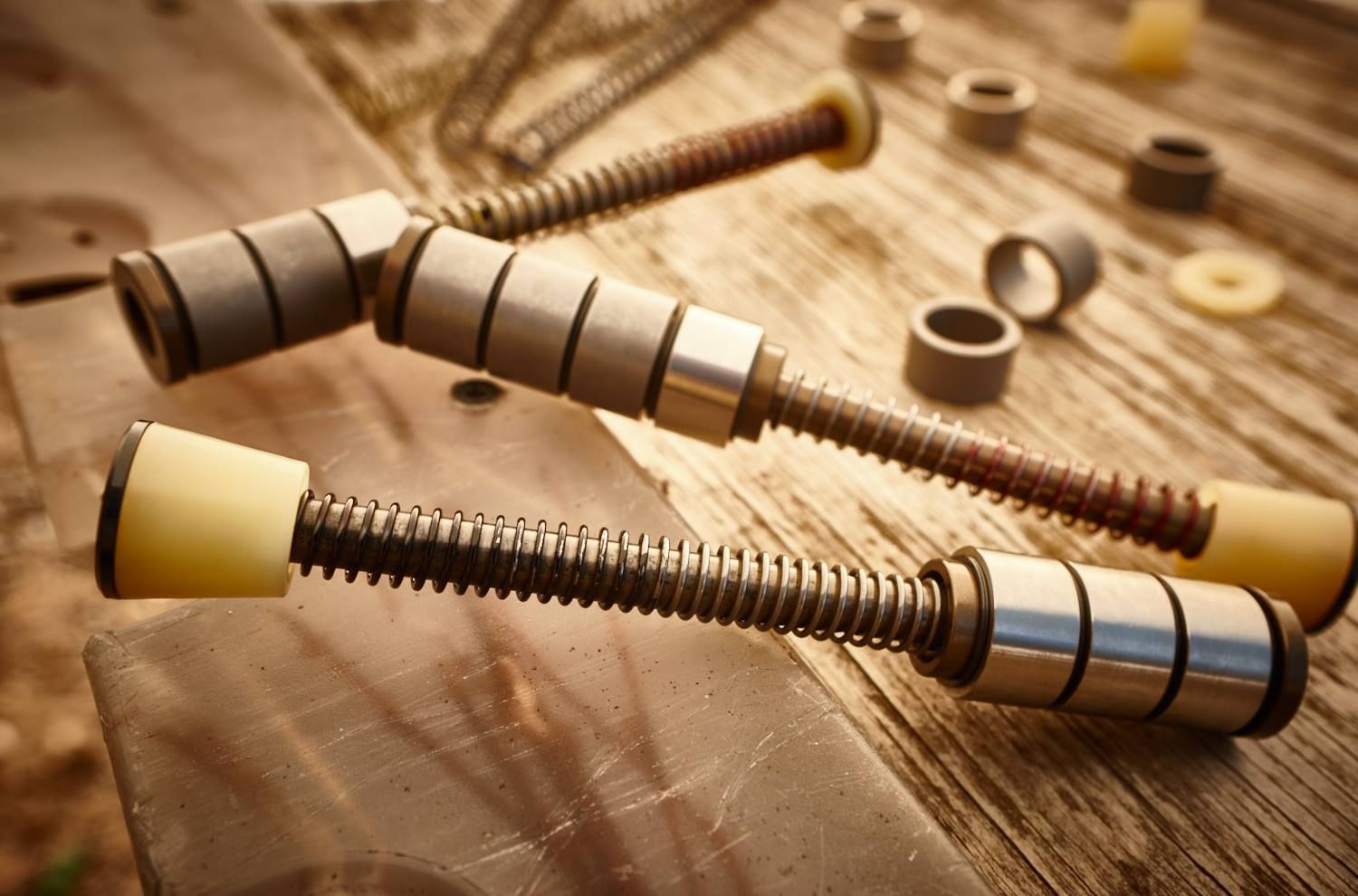
We started out making our own custom springs, honing extension tubes and doing all this stuff…and that worked pretty well, but I knew that, ultimately, I would have to completely isolate the spring from the extension tube altogether. I came up with the idea for a captured spring system using a guide rod essentially to use a smaller diameter spring. I let that idea sit on the shelf for about five years because we were so busy. When we got some further engineering power in-house, we perfected the idea more or less as it is today. But like everything we do, we refine and we expand to other applications.
Q: Expanding and refining is something you are certainly known for. It has always felt like you’ve had your finger on the pulse of what shooters, particularly builders, want when it comes to the best AR-15 upgrades. Can you comment on that?
A: I always looked at our place as really supplying these components to the home builder or gunsmith. A lot of people think we are a rifle company, but only about 25 percent of our total volume is complete rifles and uppers. 75 percent of it is our component parts to the home builder, gunsmith and other OEM customers who use our parts to upgrade their factory rifles for competition or some higher-end use
If we are talking about the home builder looking for the best AR-15 upgrades, I look at what they want to do as essentially going down the same path as I have. We are all after the same attributes.
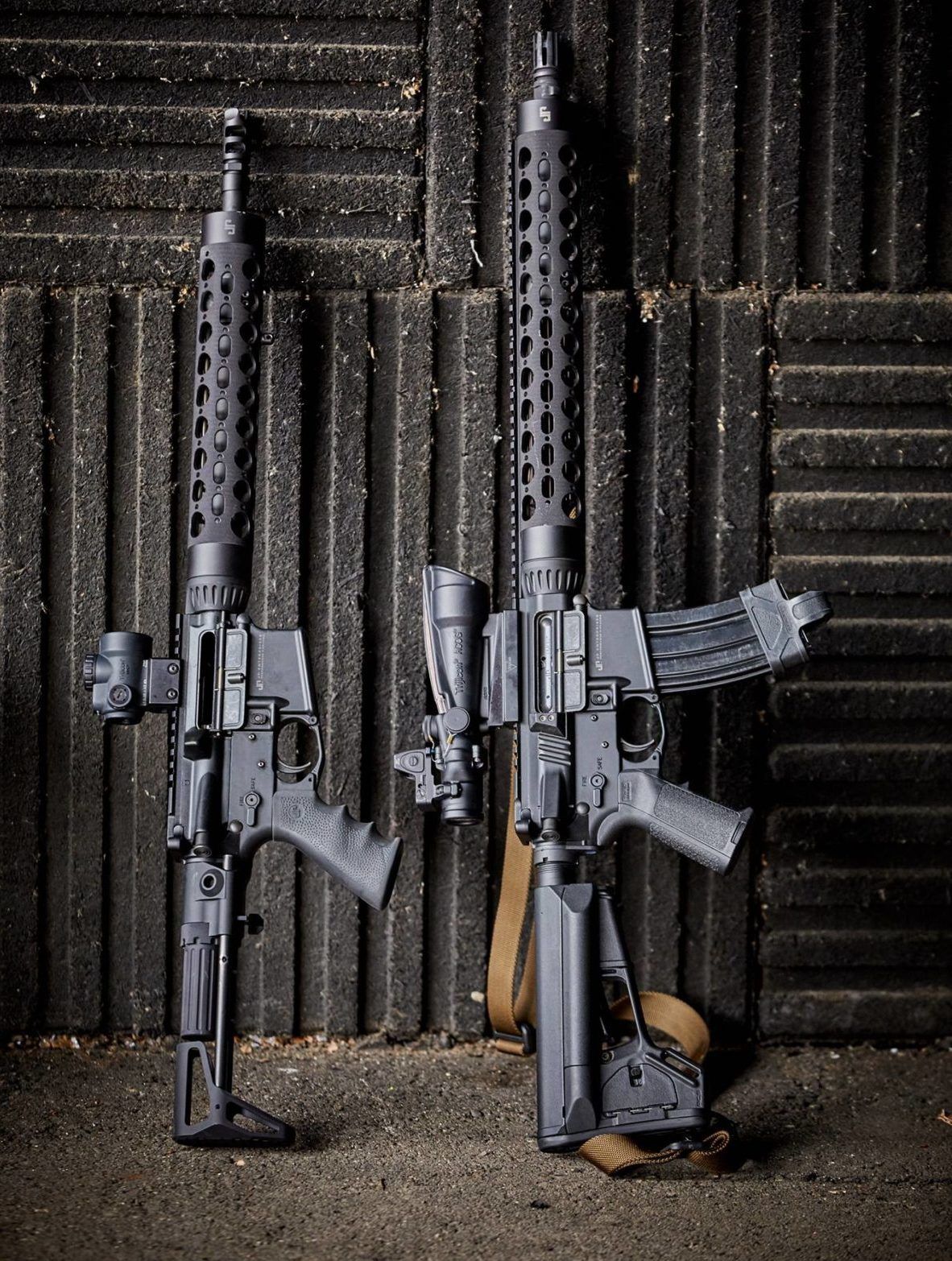
This concludes part one of our wide-ranging interview with John Paul of JP Industries. In this article, we talked about some of the best AR-15 upgrades you can do to your build to make it run to the best of its potential.
In upcoming



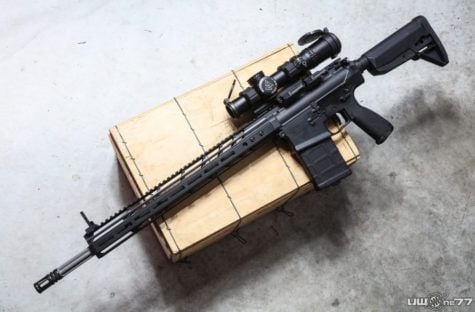


What is the best handguard upper for building a suppressor compatible under rail mount suppressor for the AR-9 ?